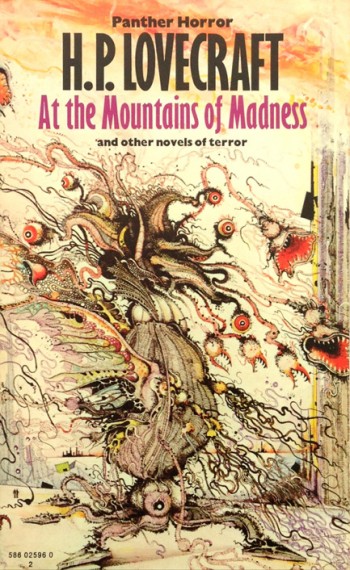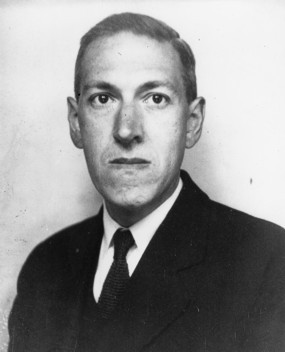Jackson School Highlights “Geo Horror” of H.P. Lovecraft for Halloween Week
October 23, 2015

To celebrate the upcoming Halloween holiday, the Jackson School will be sharing excerpts from the H.P. Lovecraft horror story “At the Mountains of Madness.”
Science was a primary source of inspiration for the short stories of H.P. Lovecraft. From Einstein’s theory of relativity, to the anatomical drawings of Ernst Haeckel, smatterings of 20th century discoveries are found throughout his work.
In his novella, “At the Mountains of Madness,” geology and Earth science set the scene and move the plot forward. We’ll be sharing a sample of the best scenes on Twitter and Facebook tagged with #geolit. For some posts, we’ll be linking to Jackson School research or other Earth science research that relates to the scene.
We don’t want to give too much away—but here’s a general idea of the plot:
Told from the perspective of a geologist, the story details what happens when a scientific expedition to Antarctica goes awry after ominous fossils of advanced life forms are unearthed from Precambrian rocks—an epoch when, in Lovecraft’s time, life was not thought to have existed.
Throughout the story Lovecraft draws on the Earth science to describe the geology and paleontology of Antarctica and how they could be clues left by a long-lost civilization. The story also alludes to themes that wouldn’t be seriously considered by scientists until decades later, such as the effects of climate change on society or the theory that life on Earth may have been seeded from material from outer space.

So look out for our #geolit posts to learn more about the “geo horror” of “At the Mountains of Madness.” And if you have your own favorite passages of geology literature—the spookier the better—tweet it and tag it with #geolit and we’ll share it on our feed.
If you want more of the story it’s available to listen to and read online. A dramatic abridged reading by the BBC especially captures the Halloween mood.
For more information contact : Monica Kortsha, UT Jackson School of Geosciences public affairs officer, 512-471-2241 or Anton Caputo, UT Jackson School of Geosciences communications director, 512-232-9623.
